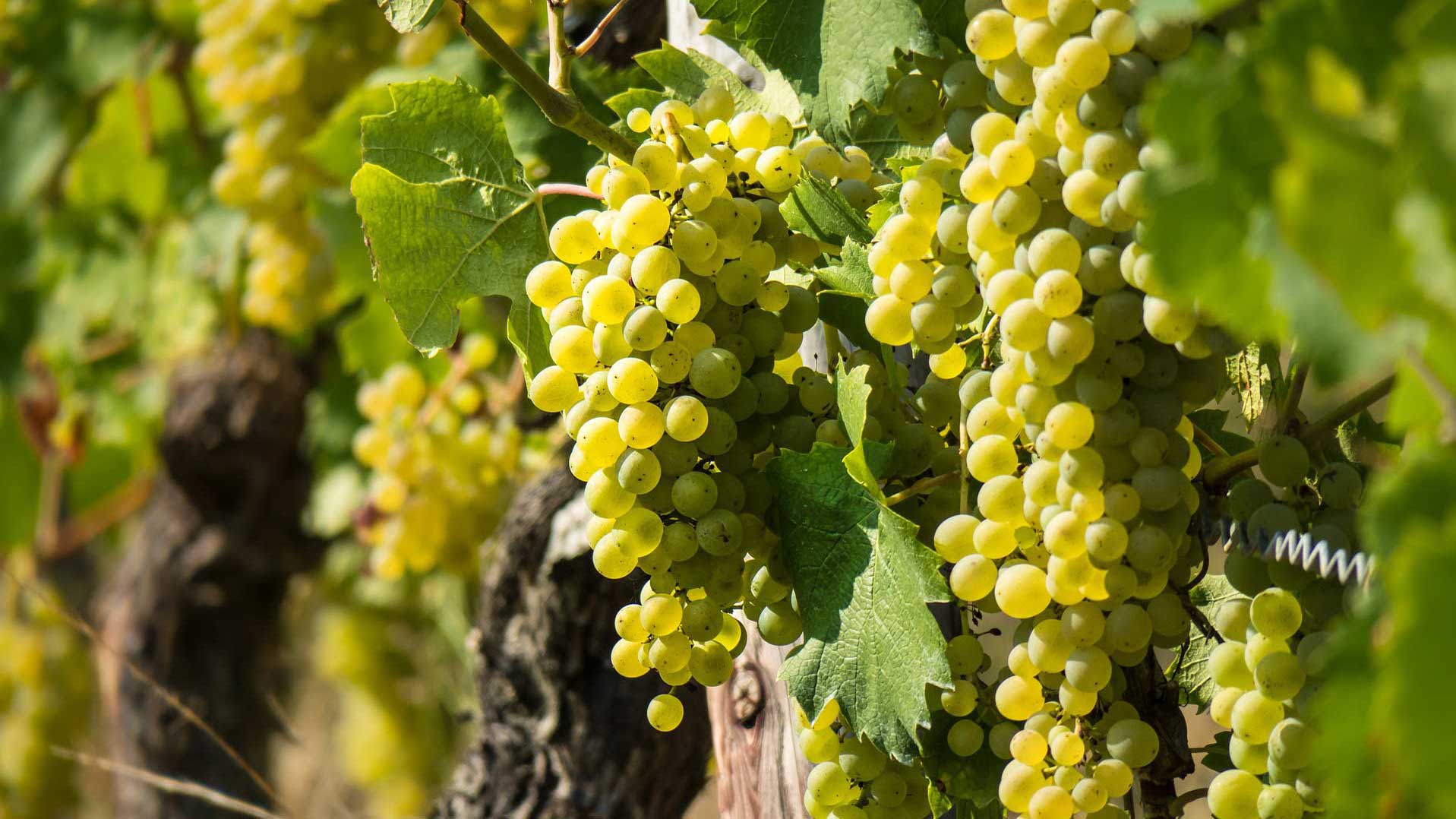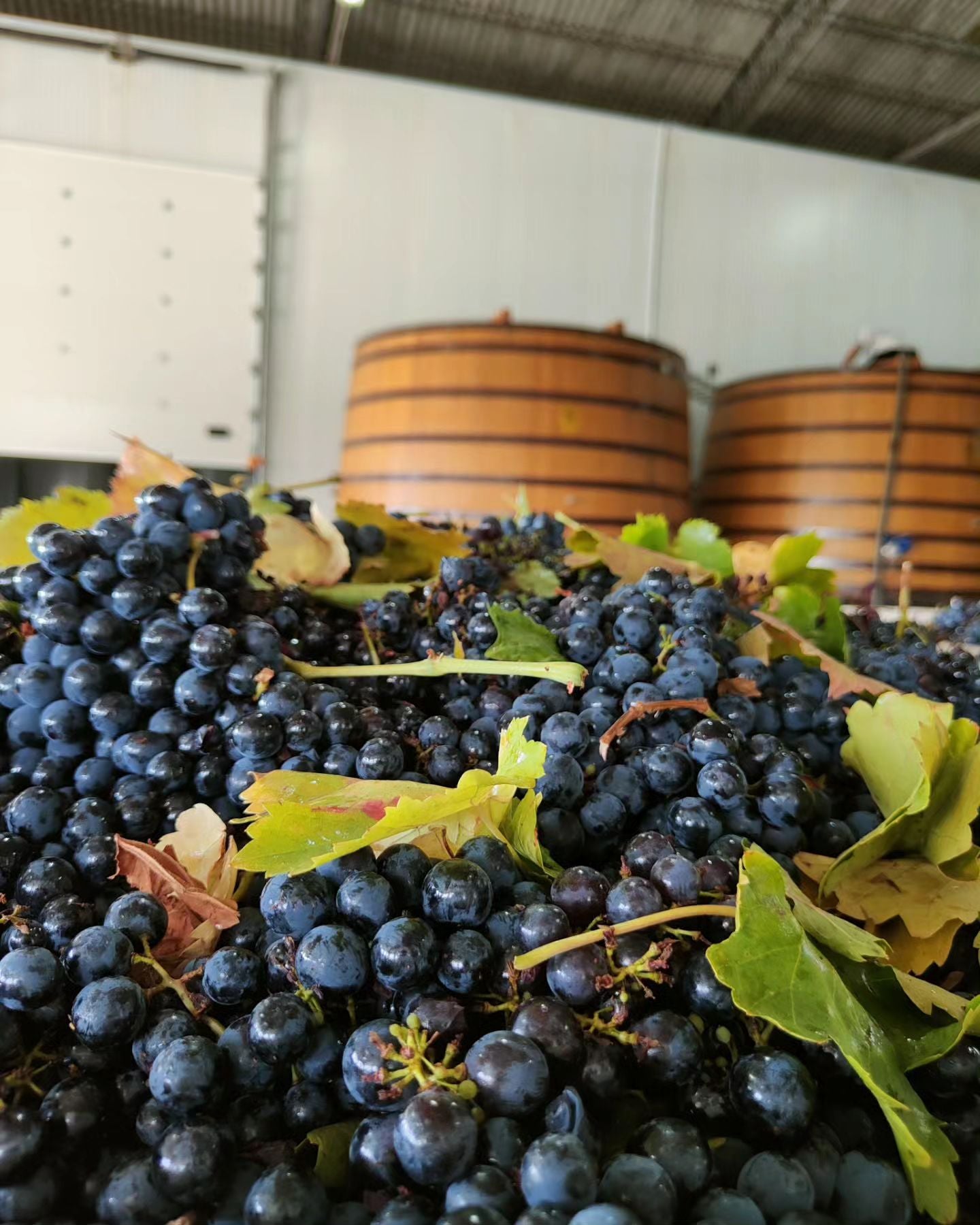Your basket is empty
Already have an account? Log in to check out faster.
Already have an account? Log in to check out faster.
The Merayo family can trace its history of viticultural in the Bierzo appellation for several generations as both grape growers and wine producers. In 1989, Pedro Merayo decided to shut down the family winery and focus his attention solely to the vines. He did so at a time when winegrowers were first rediscovering the tremendous potential of Bierzo’s old vine material, left in disarray during the Franco era where Spain’s wine industry largely favored quantity above quality. He meticulously tended to his family’s vineyard holdings for two decades before relaunching the Merayo winery and brand in 2010, observing a reenergized and renewed Bierzo that embraced contemporary winemaking practices and achieving international acclaim. Today, Pedro is joined by his winemaker son, Juan.
Merayo’s greatest treasure is its tremendous wealth of old vine material. The winery only works with fruit from their own head-trained vineyards, many of whose vines approach 100 years in age. Merayo is firmly dedicated to producing site-specific wines, bottling several of their vineyards individually, including Vinalia’s collaboration with Merayo, a Mencía from their Tres Filas vineyard. To achieve that nuance of expression, Merayo is stalwart in their environmental commitments, prohibiting herbicides in the vineyard, championing biodiversity, maintaining low yields, and cultivating indigenous grape varieties.

Sandwiched between the Portuguese border and the Bay of Biscay, Bierzo serves as an entryway into northwestern Spain, whose wines enjoy a distinctive freshness and unique identity from the rest of the country. Technically in the autonomous community of Castilla y León, Bierzo shares much more in common with the wine regions of neighboring Galicia.
Bierzo’s history of winegrowing can be traced to the Romans, who settled in the vicinity to mine for gold. (The region still enjoys a robust mining industry.) Its ancient wines are documented in the writings of Pliny the Elder and Strabo, the Greek historian-geographer. Production persisted into the Middle Ages, during which time Bierzo offered an important stop and wine source during the camino de Santiago—the annual pilgrimage on foot to the burial site of Saint James in Santiago de Compostela, a tradition the continues today.
For much of the 20th century, Bierzo, like Spain generally, focused production on quantity over quality, uprooting more pedigreed grape varieties in favor of higher-yielding ones. Beginning in the late 1980s, a handful of wine producers rediscovered the potential of Bierzo’s surviving old vine Mencía, and steadfastly worked to restore the region’s prized vineyards. Today, Bierzo continues to rise as one of the most lauded wine regions of Spain. With a Burgundian ethos, its producers have successfully petitioned the Spanish government to recognize various villages and vineyard sites on their labels. While predominately planted to Mencía, Bierzo also succeeds with a host of other local red grapes, as well as in rosé and white wine production.
